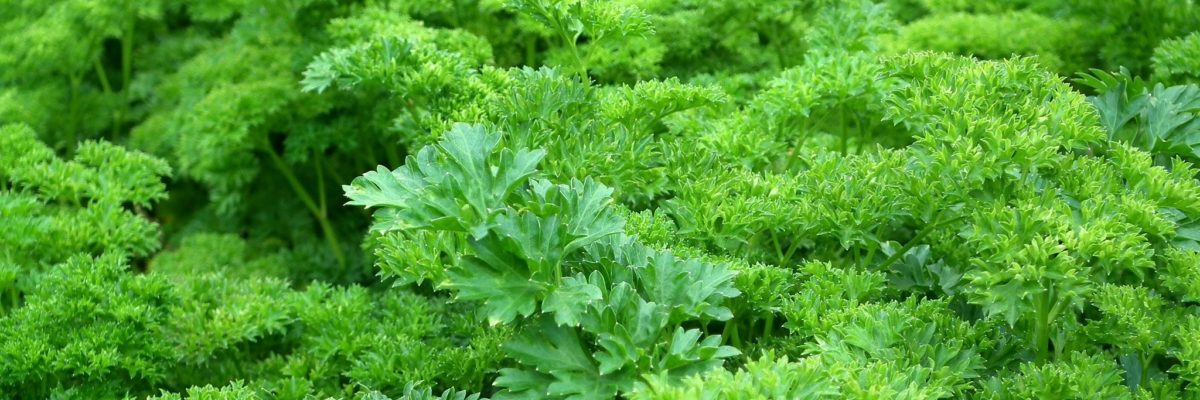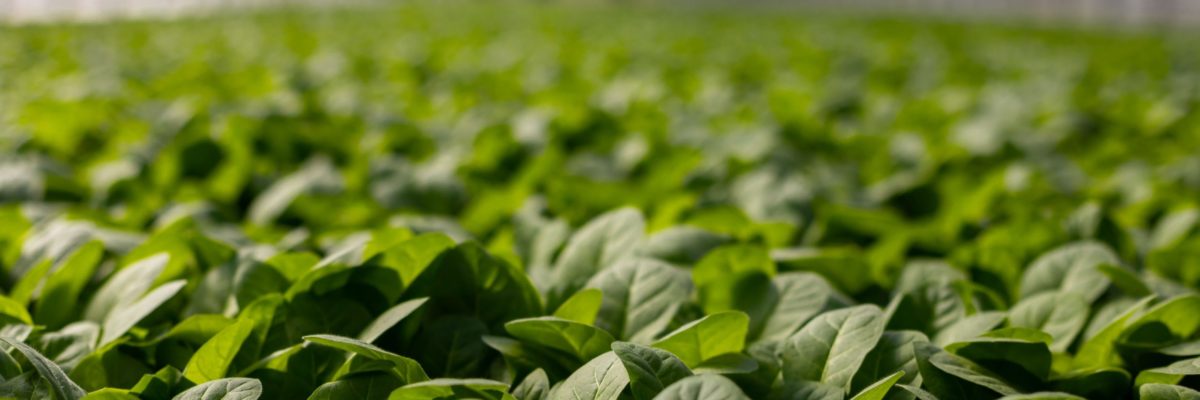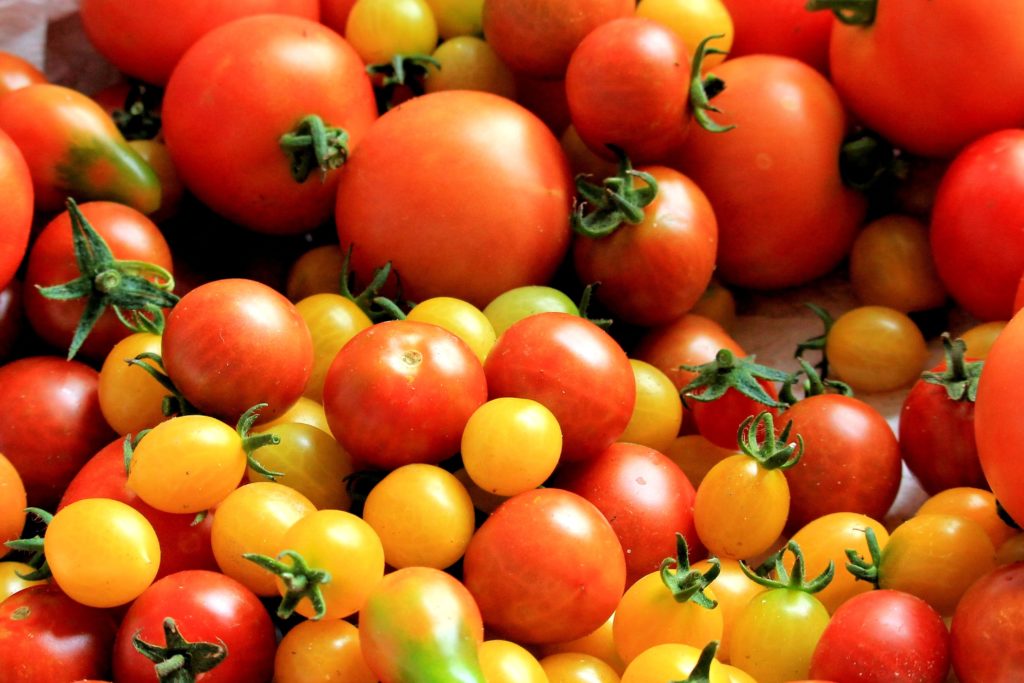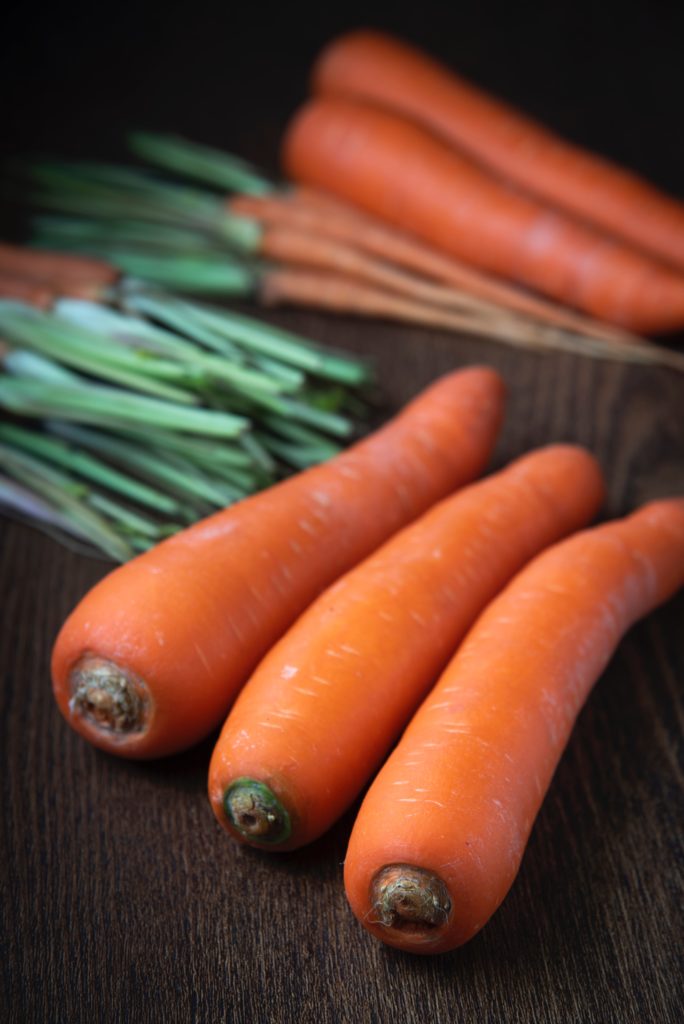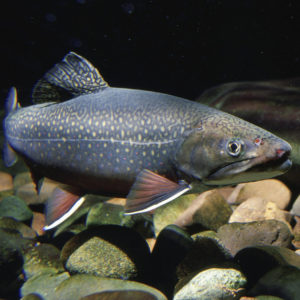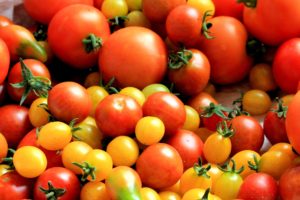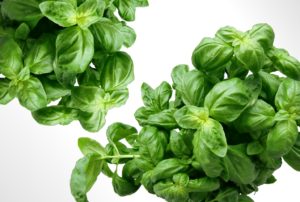You have plenty of choices when it comes to the type of system you grow herbs in. That said, most herbs thrive in ebb and flow systems. The majority of herbs prefer a somewhat acidic pH, ranging anywhere from 5.8 to 6.4. While herbs also do well with medium or low EC, around 1.2 to 1.8, some prefer higher EC and others lower. The good news is that herbs are hardy plants, and often adapt well to other conditions, as long as it isn’t too far outside of their preferred range. All these things make most herbs the easiest plants for hydroponics.
Herbs do best when given nutrient solution with a higher nitrogen to phosphorus ratio. Because they’re more or less vegetative by nature, the higher amount of nitrogen facilitates their continued growth.
Lighting should be placed between 12 and 24 inches above your herbs. Keep in mind that you may need to raise your lights as your herbs grow, to prevent burning and drying out their leaves. Herbs tend to prefer lighting on the blue end of the spectrum, although full spectrum lights will help you get the most out of your herb garden. You can choose to use fluorescent lights (as long as they’re full spectrum), although HID (High Intensity Discharge) lights are more powerful, and extremely efficient.
Herbs in hydroponic systems need anywhere between 10 and 16 hours of light daily; most do well with around 12 hours.
Another important note about growing herbs in hydroponics:
Some herbs can be continually harvested, and even come back after a full harvest. Other herbs have to be replanted after each harvest (if you intend to continue growing them). Cilantro, for instance, won’t come back after you’ve harvested it. Herbs like basil and rosemary can continue to produce for an extended time.
One good rule of thumb for harvesting herbs is to take only about 30% of the plant. Leaving that other 70% allows your plants to continue to grow and produce. Remember, they need those leaves to get enough light to fuel their growth!
